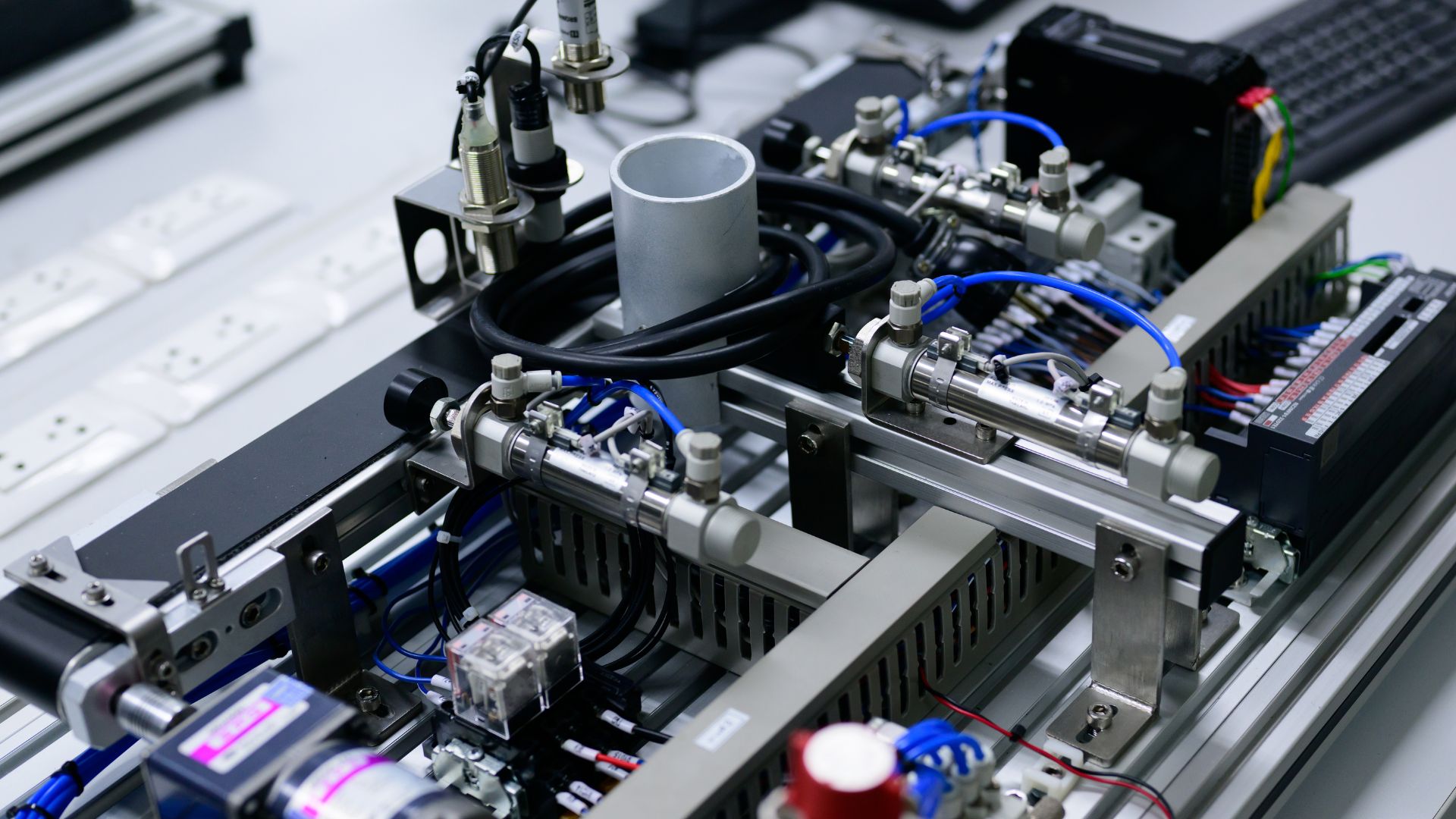Embedded Operating Systems
An embedded operating system (EOS) illustrates a type of operating system designed specifically for embedded systems — these are systems made to perform dedicated functions within larger systems. Examples of such include the operating systems in car navigation systems, SmartWatch software, and smart appliances. Whereas general-purpose computer OSes allow users to execute multiple applications simultaneously, EOSes are streamlined, functioning with single-task focus, optimizing the systems in which they are embedded.
Key Features of Embedded Operating Systems
There exists quite a spectrum of unique features for embedded operating systems. Let’s explore them.
- Real-Time Operation: This is arguably the most defining trait of EOS. Real-time operation suggests that the system’s tasks, such as data processing and reactions, occur almost instantaneously, precisely following events’ timing. Think of airbags’ deployment in a car after an impact — that’s real-time operation.
- Dedicated Task Processing: Unlike ordinary OSes that juggle multiple applications, EOSes focus on a single task, catering to efficiency and consistency in system operations. In simpler terms, an EOS in a climate control system can’t suddenly start managing the radio.
- Limited User Interface: While PCs and mobile devices host friendly, graphical user interfaces for wide-ranging operations, many EOSes don’t have elaborate interfaces. Instead, they might have simple LED readouts or buttons.
- Memory Management: A noteworthy trait of EOS is enhanced memory efficiency. With finite resources, every byte counts in an embedded system, hence, EOS developers prioritize optimal memory utilization and management.
- Stability and Reliability: Lastly, EOSes aim for fail-proof operation. System crashes in embedded systems like pacemakers or car brake systems can result in significant repercussions, hence, EOSes ensure system stability and reliability.
In this deep dive exploration of embedded operating systems, we’ve covered what they are and their key characteristics. The essence of EOSes lies in their specialization. With finite resources and a dedicated task, they strive for effectiveness, speed, and optimal operation.
Common Types of Embedded Operating Systems
In our exploration of specialized programs, we’ll now delve into the main types of embedded operating systems. They each come with their unique characteristics, enabling them to meet the specific needs of diverse applications.
Real-Time Operating Systems (RTOS)
Sitting atop the list of these systems, we find Real-Time Operating Systems, or RTOS. Essentially, RTOS offers determinism, meaning it provides precise timing and predictably swift responses. It’s chiefly employed in systems where timeliness is a central requirement—for instance, air traffic control systems, heart monitoring devices, and high-speed trains.
RTOS executes tasks based on their priority, addressing time-critical tasks first because timeliness is essential. Here, even a delay of a millisecond might lead to undesired outcomes.
Embedded Linux
Coming up next, we’ve got Embedded Linux. Originating from the universally known and utilized Linux OS, it has been tailored for use in embedded systems. This version of Linux is known for its scalability, which makes it suitable for a wide range of devices.
The open-source nature of Linux allows developers to modify the source code to fit the specific needs of their devices—it’s found in smartphones, set-top boxes, and more. Flexibility and cost-effectiveness make Embedded Linux a popular choice among developers.
Windows Embedded
Last on our list is the Windows Embedded OS, developed by Microsoft. It shares many characteristics with the Windows PC operating system—but don’t mistake it for a regular Windows OS. Although users find it familiar, it’s been specially designed to operate under the constraints of embedded systems optics.
Windows Embedded is prominent in point of service (POS) systems, ATM machines, and industrial controllers. Its fundamental strengths lie in its multitasking capabilities and wide range of supported hardware. It excels in flexibility, offering different versions per the needs of numerous embedded devices.
